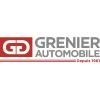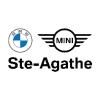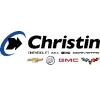Changing headlight bulbs in pairs is a good start to effective lighting on the road, but it’s only the first step.
Effective lighting needs proper beam aiming so that drivers can see far ahead without blinding other drivers. A beam that’s misaligned upward by only 1% can increase the risk of impairing oncoming drivers’ vision by a factor of 20. A 1% downward misalignment cuts the driver’s view by 30 metres on average. Ideally, aiming should be done with professional equipment to ensure that headlamp beams are correctly aimed.
If a car’s headlights aren’t properly aimed, the driver can’t get the benefit of maximum nighttime visibility on the road. Driving with less than optimum beam placement not only makes driving less safe but may also be blinding to oncoming drivers. When drivers complain about poor nighttime visibility, some shops will recommend upgrade headlights, and in fact, some LED upgrade bulbs can drastically increase headlight output. For example, Philips offers their X-tremeUltinon LED headlights that provide up to 160% brighter light than conventional halogen headlight bulbs.* But, even with twice the light output, if the headlights are not aimed correctly, that light is not being projected on the roadway where it’s needed to allow the driver to see what’s ahead. The headlights’ aim is critical to what a driver can and cannot see at night.
Obstacles to aiming
In Canada, many of the regulatory authorities have all but abandoned testing headlights’ aim as part of required vehicle inspection procedures. While this does not help highway safety, it creates a potential service opportunity for dealerships and independent repair facilities. That said, aiming headlights quickly and accurately really requires an optical headlight aimer. Depending on the features, these devices start at around $900 and quickly exceed the $2,000 price range.
Aiming on a wall?
If a shop is unable to invest in an optical headlight aimer, headlight aiming can still be done with the low-tech ‘aiming on a wall’ method. However, doing this correctly is not quick or simple, and getting it wrong can leave drivers far from where they should be in term of having the best possible headlight beam placement. Let’s say you’re adjusting headlights by aiming at a low beam on a wall from 7.62 metres away. Aiming the beam’s cut-off point just 2.3 cm lower than where it should be reduces the portion of the road that’s illuminated by the headlights by 26 metres.
How to do it right
If a shop (or a motorist) does want to pursue the aim on a wall method, there’s a detailed description of how to do it properly, authored by Daniel Stern, at https://www.danielsternlighting.com/home.html. A couple of things to keep in mind:
- You’ll need a flat surface with enough distance to allow the vehicle to be approximately 62 metres away from the aiming wall. The recommended distance from the wall can vary by manufacturer and model, and it can be hard to find online. If you cannot find year/make/model specs, the SAE rule states that at 7.62 metres away from the aiming wall, a vehicle’s low-beam headlights cut-off point should be 6.35 cm below the given height of the low-beam headlight bulb. Note, the cut-off point is not usually a straight line. Use the highest point of the cut-off line as the reference point.
- The vehicle should have the tires properly inflated and it should be loaded with an amount of weight that represents a typical load for that vehicle. Both the load and the tire inflation will affect beam aim. If you want to be really accurate, make sure the vehicle has half a tank of gas (presuming it’s not an EV) to represent a good average payload.
- The method of adjusting the headlights’ aim also varies by year/make/model. There’s typically two or three screws that allow vertical and horizontal beam adjustment. Most often the adjustment is done with a Phillips screwdriver, but some vehicles use star drive or hex head adjusters.
A short cut for shops
If a service provider wants to offer headlight aiming as a service, but doesn’t want to invest in an optical headlight aimer, creating a grid on the aiming wall can help make the service faster and more profitable. Using tape, marker, or paint, the shop can create a grid of lines that makes establishing headlight height, spacing width, and target cut-off point faster.
Aiming high beams?
No need to worry about aiming high beams. In headlights where the low and high beams share a common enclosure, or are generated from a single bulb, when the low beams are properly aimed, the high beams will be as well. If you’re dealing with an older vehicle with two separate pairs of sealed beam headlights, try to find an optical beam aimer to get the high beams right. Of course, high beams are meant to be used only when there is no oncoming traffic.

A word about headlight upgrades
These days, the most common complaint about headlights on social media and automotive forums is that Xenon and LED headlights found on newer cars are blinding oncoming drivers. However, many complaints do not stem from headlight upgrades, but from headlights that are not properly aimed. That said, there are some aftermarket headlights that are not compliant with Canada Motor Vehicle Safety Standard (CMVSS). These low-quality bulbs lack proper beam cut-off and therefore can’t really be aimed properly. If you’re looking to buy or recommend headlight upgrades, go with a manufacturer that is an OEM supplier to ensure you’re getting lights that provide sharp cut off and can be aimed accurately for maximum nighttime driving safety.
*Compared to standard minimum legal requirements in low beam headlamp test results.
Sponsored Content by Philips

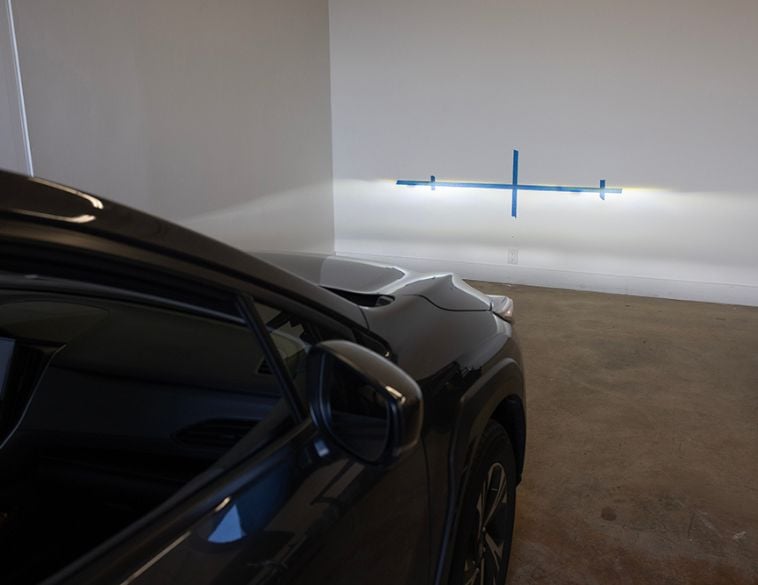

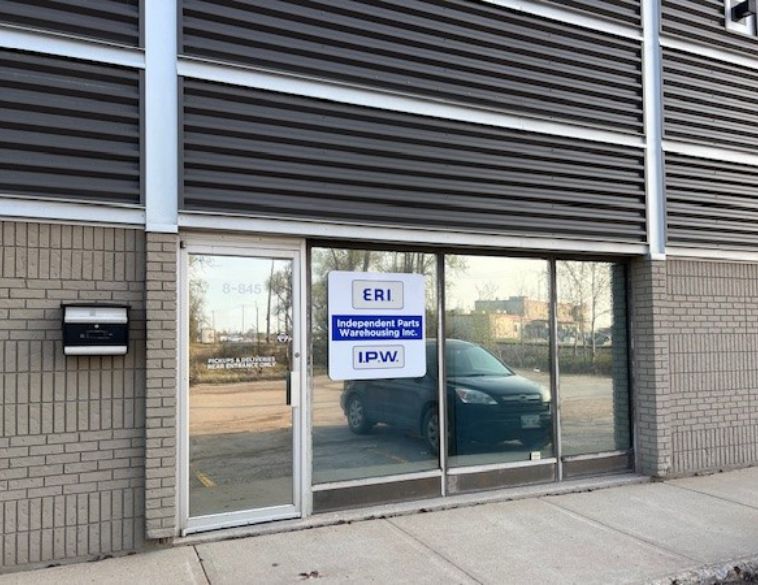


 BOUCHERVILLE
BOUCHERVILLE Full time
Full time